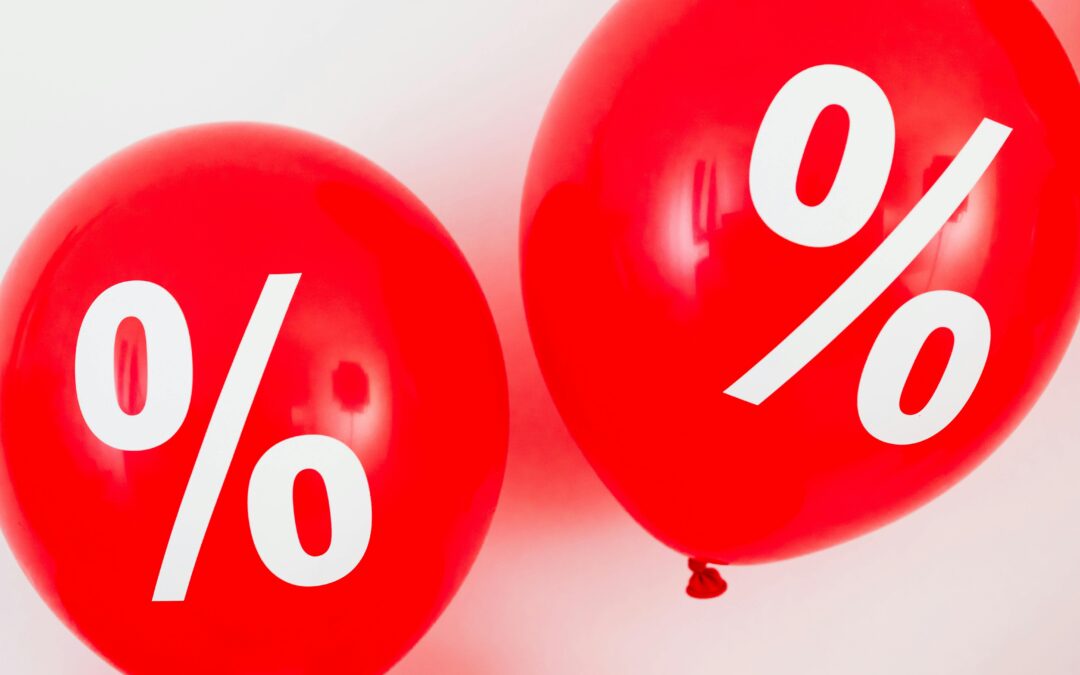With over half of Canadian mortgages set to renew before the end of 2026, the recent reduction in the Bank of Canada’s key interest rate from 5.0% to 4.75% on June 5th has left many homeowners questioning whether to choose a fixed or variable rate upon renewal. Understanding these options and anticipating future changes is crucial for navigating the current mortgage landscape.
A large number of homeowners will renegotiate their mortgages within the next three years. Those with variable-rate mortgages or loans taken out in 2021, when rates were historically low, will feel the impact of upcoming adjustments the most. For those facing a higher-rate environment, here are some factors to consider for your mortgage renewal.
Current Market Trends
During the pandemic’s real estate boom, variable rates were typically lower, but this trend has shifted, with variable rates now surpassing fixed rates. Currently, the average five-year variable interest rate offered by lenders is around 6.7%, while fixed rates are approximately 5.6%.
Variable mortgage rates depend on various economic factors, including the Bank of Canada’s key overnight lending rate. Although the bank recently cut this rate for the first time in four years, it could change direction if inflation rises. Economists generally predict further rate cuts by the end of 2024, continuing into 2025 unless significant economic changes occur. Despite decreasing rates, the exceptionally low rates of the past two decades are unlikely to return.
Key Insights on Variable Rates
For variable-rate mortgages, an increase in the prime rate — influenced by the Bank of Canada’s overnight rate — leads to automatic increases in mortgage payments.
However, some variable loan structures offer fixed-payment options, where monthly payments stay the same despite rate increases. This type of mortgage extends the amortization period, as less of each payment goes toward the principal.
Assessing Your Needs
Deciding between a fixed- and variable-rate mortgage depends on your risk tolerance and personal circumstances. With variable rates subject to changes, consider if your lifestyle can handle such fluctuations. Even if rates start to decline, numerous factors influence their movement, potentially affecting your mortgage term at different times.
The ideal mortgage product aligns with your short- and medium-term needs. If you’re in a transitional phase, such as a career change or separation, a fixed-rate mortgage might provide the stability you need.
Borrower Strategies
Fixed-Rate Mortgage with a Shorter Term Amid economic uncertainty, many borrowers choose fixed-rate mortgages with shorter terms (one to three years). This allows them to secure predictable payments without committing to a long-term rate in a rapidly changing environment.
Hybrid-Rate Mortgage
This option blends features of both fixed and variable rates, with part of the mortgage having a fixed interest rate and the other part a variable rate. This approach allows borrowers to benefit from both rate types.
Convertible Mortgage
This loan allows borrowers to switch from a variable to a fixed rate, or vice versa, before maturity, enabling flexibility in adapting to market conditions.
